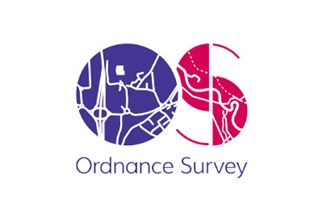Ordnance Survey GB Case Study

Maintaining confidence in data to underpin new product offerings at Ordnance Survey
Business challenge
To efficiently deliver accurate, up-to-date geographic data to customers following the ‘Survey once, Store once, Use many’ mantra. To be facilitated by a continually product-ready database containing information that is so vital, an independent report put its annual value to the British economy at more than £100 billion.
Project details
Ordnance Survey wished to adopt a new way of operating based upon a single editable database with a flexible, seamless and intelligent data model. This platform would enable them to design, launch and maintain new product lines, protect their existing revenue streams and provide opportunities for increased operational efficiency. Throughout this programme of change, the system needed to provide Ordnance Survey with continued confidence in their ability to maintain the quality of their data. 1Spatial’s knowledge and expertise and the Radius Studio* technology platform combined to implement business rules that support Ordnance Survey’s data quality goals to an extremely sophisticated specification. The resulting highly configurable, automated solution is now internally managed to minimise ongoing costs and features best of breed, interoperable technologies to ensure future-proofing.
Results
Ordnance Survey has an automatically orchestrated data maintenance and production system with a single database at the centre. It enables the automated control of data quality, giving Ordnance Survey high levels of confidence in the accuracy of their data. As a result, they can protect their existing revenue stream by maintaining customer satisfaction as well as having a platform from which to launch new data-dependent products and services.
Great Britain’s National Mapping Agency, Ordnance Survey, produces digital mapping products and paper
maps for business, leisure, administrative and educational use. Geographic data underpins the growth of national economies. In the UK, Ordnance Survey mapping is an essential reference data set, considered so vital that an independent report put its value at more than £100 billion. Ordnance Survey is relied upon by government, businesses and individuals to provide geographic data that is accurate and up-to-date and maintains the most detailed national database of its kind, containing over half a billion features. The availability of consistent and accurate detailed geographic information is a key enabler for economic growth within the world’s leading economies. The recognition of this strategic importance drives operational and delivery improvement programmes at Ordnance Survey.
The business challenges and objectives
Ordnance Survey is just one of a number of National Mapping Agencies that have evolved dramatically over the years. The revolution of technology and computing means that paper maps now represent less than 8% of Ordnance Survey’s annual revenues and the demand for accurate, accessible, high quality digital geographic information is still increasing. This huge emphasis on digital mapping requires a powerful database at an operational level allowing data to be stored, managed and edited. There is also a need for that data to be ‘intelligent’, that is to accurately reflect the world in terms of real world objects and their inter relationships rather than through points, lines and polygons.
In terms of data collection and ensuring that information within the database is accurate and up-to-date, Ordnance Survey has a number of goals, including government set Key Performance Indicators (KPIs). One KPI is based on Ordnance Survey’s continuous revision programme, ensuring that all significant change is recorded within six months of completion. Another internal programme, one of cyclical revision, ensures that all other changes, such as minor road alterations, new parking schemes and agricultural barn developments, are captured via a combination of remote sensing and ground survey techniques every five years. The number of features being updated daily is in excess of 300,000, equating to almost 210 real world changes being updated every minute.
Each revision programme contributes to an overall corporate objective of delivering accurate, up-to-date geographic data via existing product lines. Malcolm Havercroft, Head of Operations for Data Collection & Management at Ordnance Survey comments,
"we got to a point where we had evolved numerous different products that were being delivered by multiple production flowlines. Maintaining their inter-relationships was becoming difficult, inefficient and costly to manage."
However, in addition to managing their existing products more efficiently, Ordnance Survey wanted to be able to use their data holdings to innovate and deliver new products to the market, to continue to support growth in the UK economy. They also wanted to move away from the tile-based system they were using, which split Britain up into 286,000 1 kilometre square tiles. Each tile was stored and viewed as a separate database that was joined to the others along their edges. Whilst Ordnance Survey had become very good at managing the connectivity of these edges, numerous jobs needing to operate concurrently meant that without complex scheduling, only one part of the business could access each tile at one time.
"A combination of these requirements led us to the point where a new data model and Geospatial Data Management System (GDMS) was needed, combining all of our data into one place to be accessed by the whole business, our philosophy is ‘Survey Once, Use Many’. This is a common mantra within the Geographic Information Systems (GIS) industry, but we believed that we could extend this to ‘Survey Once, Store Once, Use Many’ and that we would get many benefits coming through in terms of ease of maintenance, freshness and inter-relationship of data."
In realising these benefits, Ordnance Survey would be operating more efficiently across key action areas including managing demand, maintaining the database and updating products in line with the changes.
The key to data validation and confidence
1Spatial was selected as part of a consortium of providers to design and implement this key project for Ordnance Survey. “We are totally committed to ensuring that the quality of our data is maintained consistently at a high level; automated data validation built into the workflow is an essential factor in achieving this objective. The individuals that we have worked with at 1Spatial have demonstrated a deep understanding of our requirements as well as a profound grasp of data management and data integrity issues in a broader context” highlights Malcolm. “This knowledge and expertise, combined with the Radius Studio solution is incredibly powerful as we had got to the point where our various databases were so complex that automation was the only way to ensure continuation of quality.”
"What we like about the 1Spatial solution is that it is highly configurable and flexible. We set and build our own rules tailored exactly to our needs, with the support of 1Spatial’s world class data modellers and engineers who have had a big influence on the way that the rules have been designed. They have also enabled us to manage the system internally avoiding additional costly consultancy requirements."
The 1Spatial solution employs a best of breed, interoperable approach, leveraging their expertise in mainstream enterprise technologies, such as Oracle and Java, and applying it alongside their own technology. This unique ability to solve spatial problems in an enterprise environment using the best technology available not only solved some of Ordnance Survey’s challenges but also future proofed them for when new technology is added at a later date. Malcolm continues,
“We have an acknowledged world-wide reputation for the quality of our products and the involvement of 1Spatial in this project has given us immense confidence in our ability to manage the quality of our data, which in turn protects our revenues by maintaining customer satisfaction. They not only ‘speak our language’ but also have the ability to work constructively with other organisations to provide a broader solution to suit our needs.
Overall, we are delighted to have a platform from which to launch new derived products and services that rely on data quality to make them successful and this is an important business enabler for the future of Ordnance Survey.”
Future
Ordnance Survey have already started working with 1Spatial on an additional project as a logical extension of the GDMS programme, involving Radius Studio and Radius Clarity. The project will implement a solution that can be used by mapping agencies to build automated production workflows to help enable multiple small-scale digital data products to be accurately derived from large scale source data.


